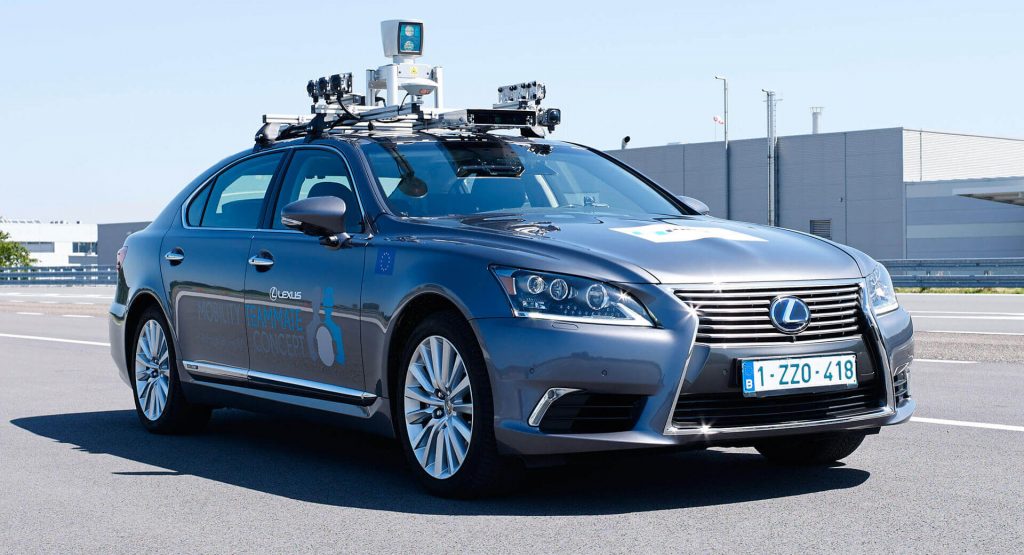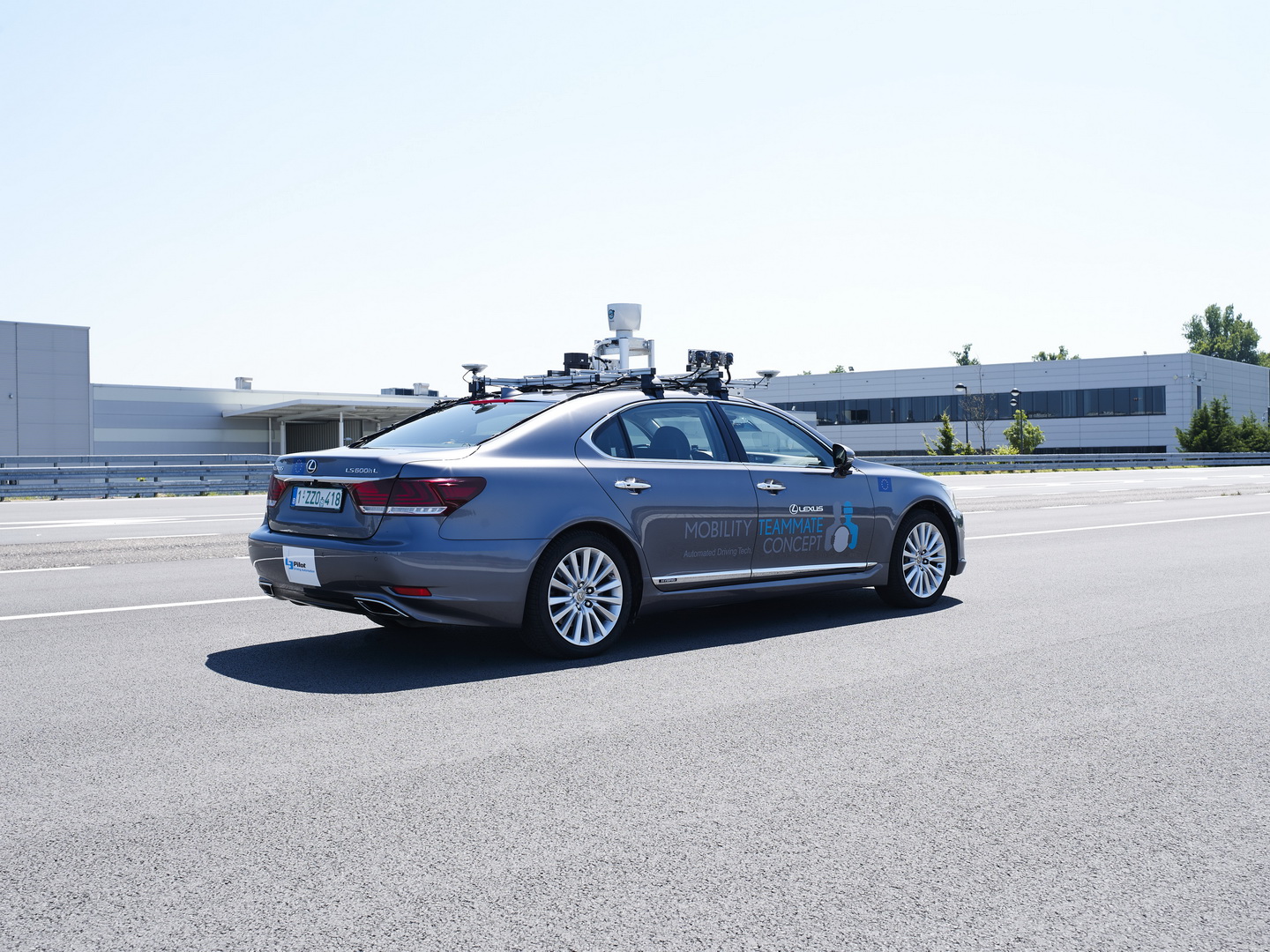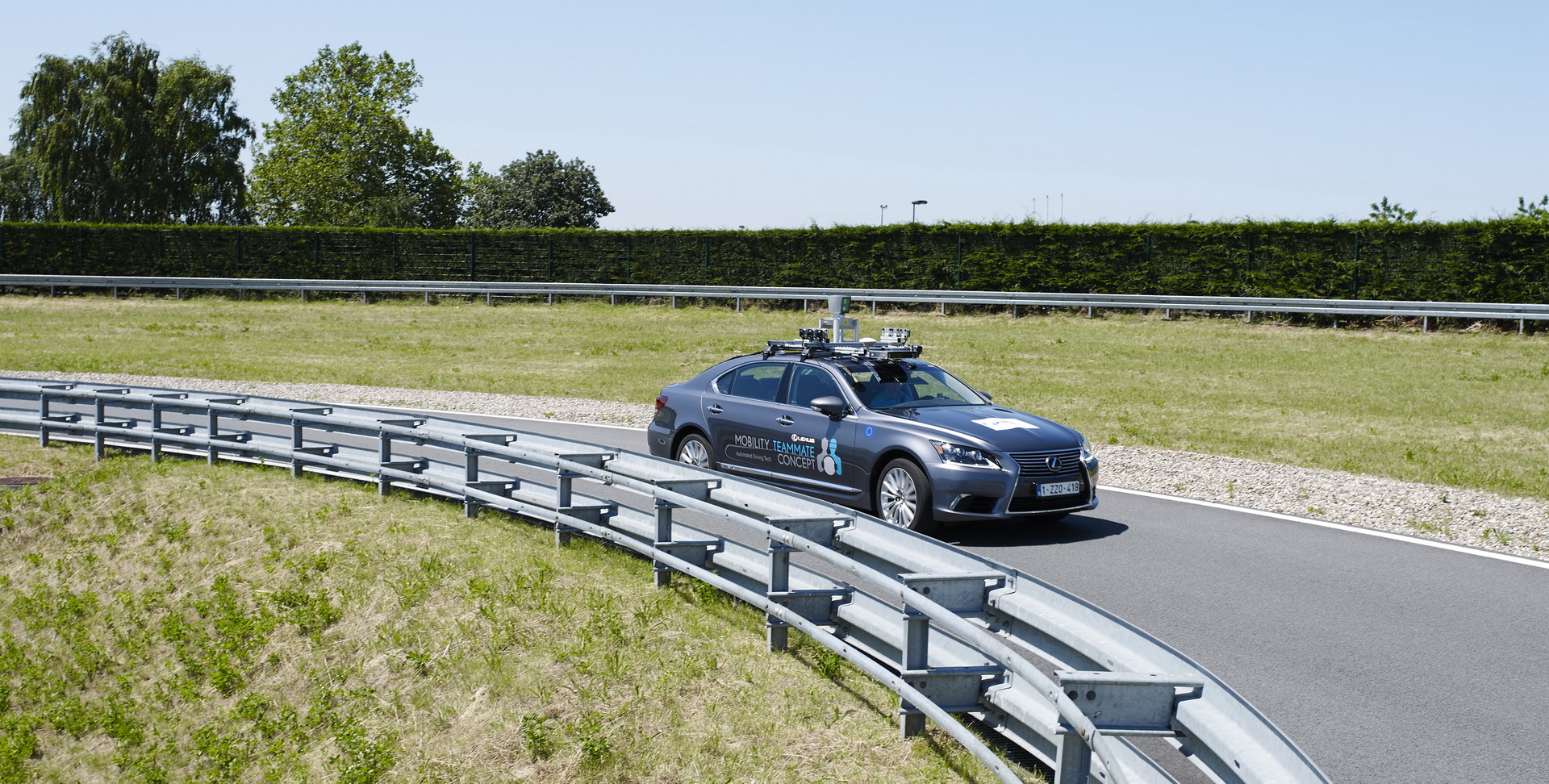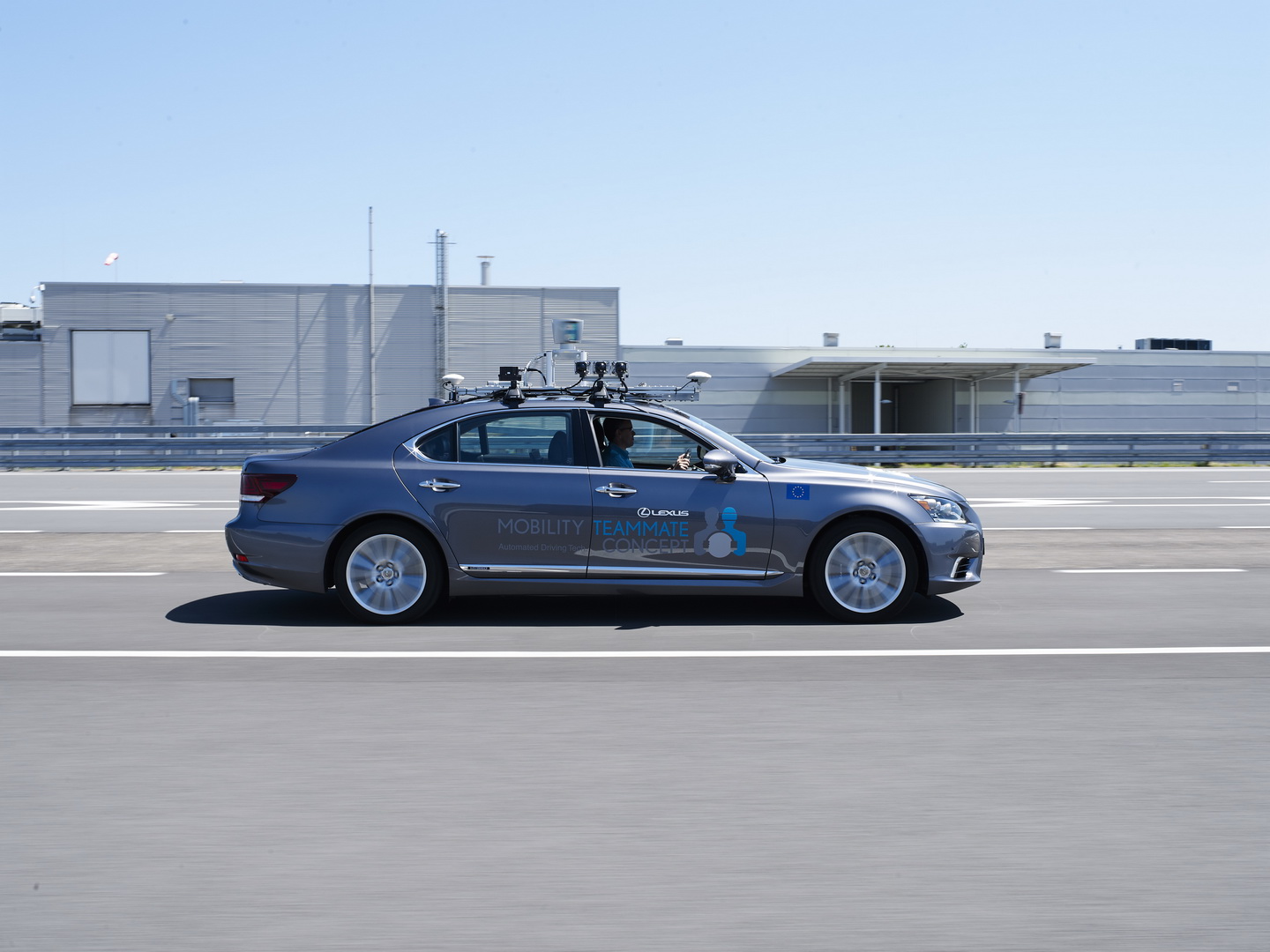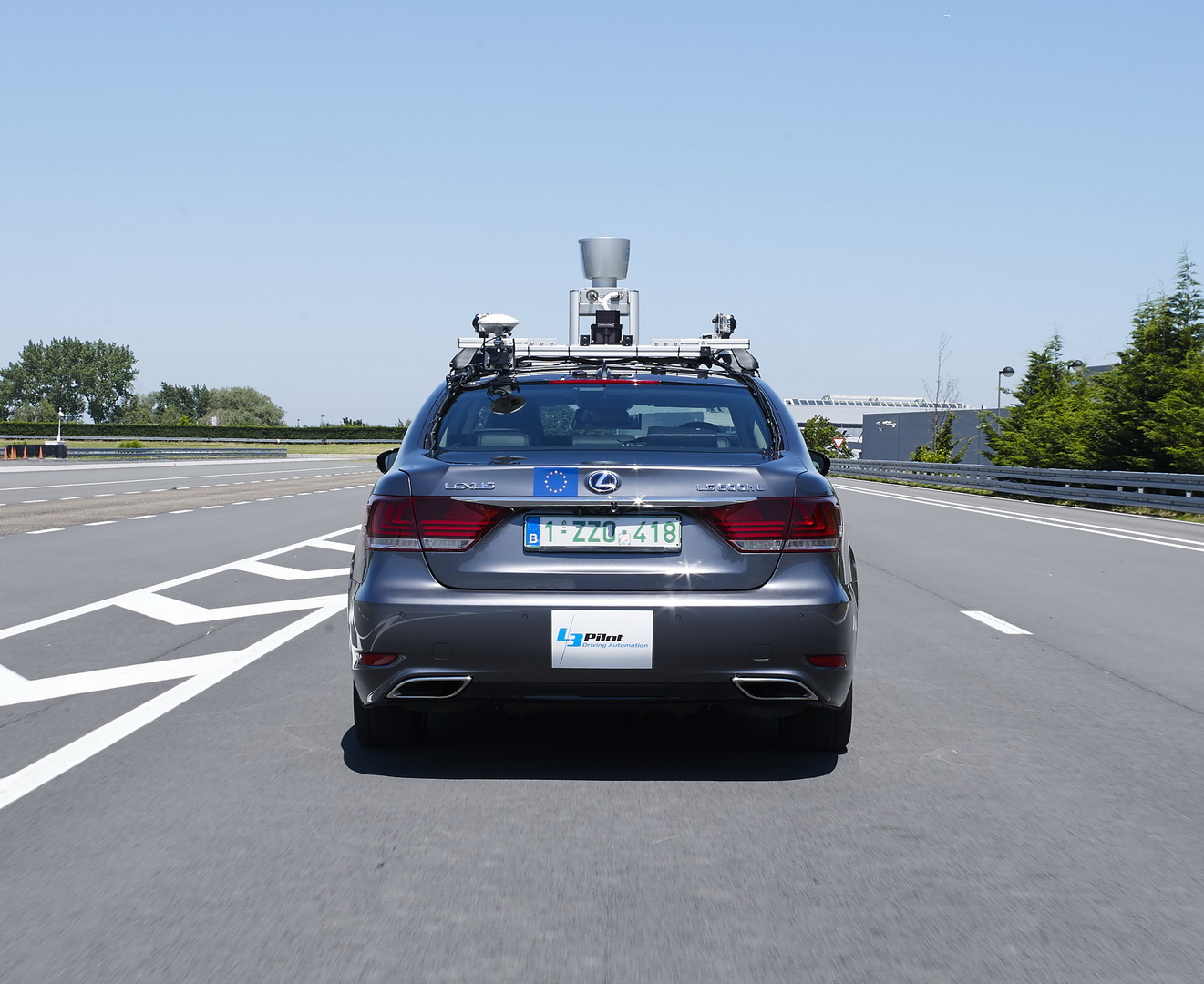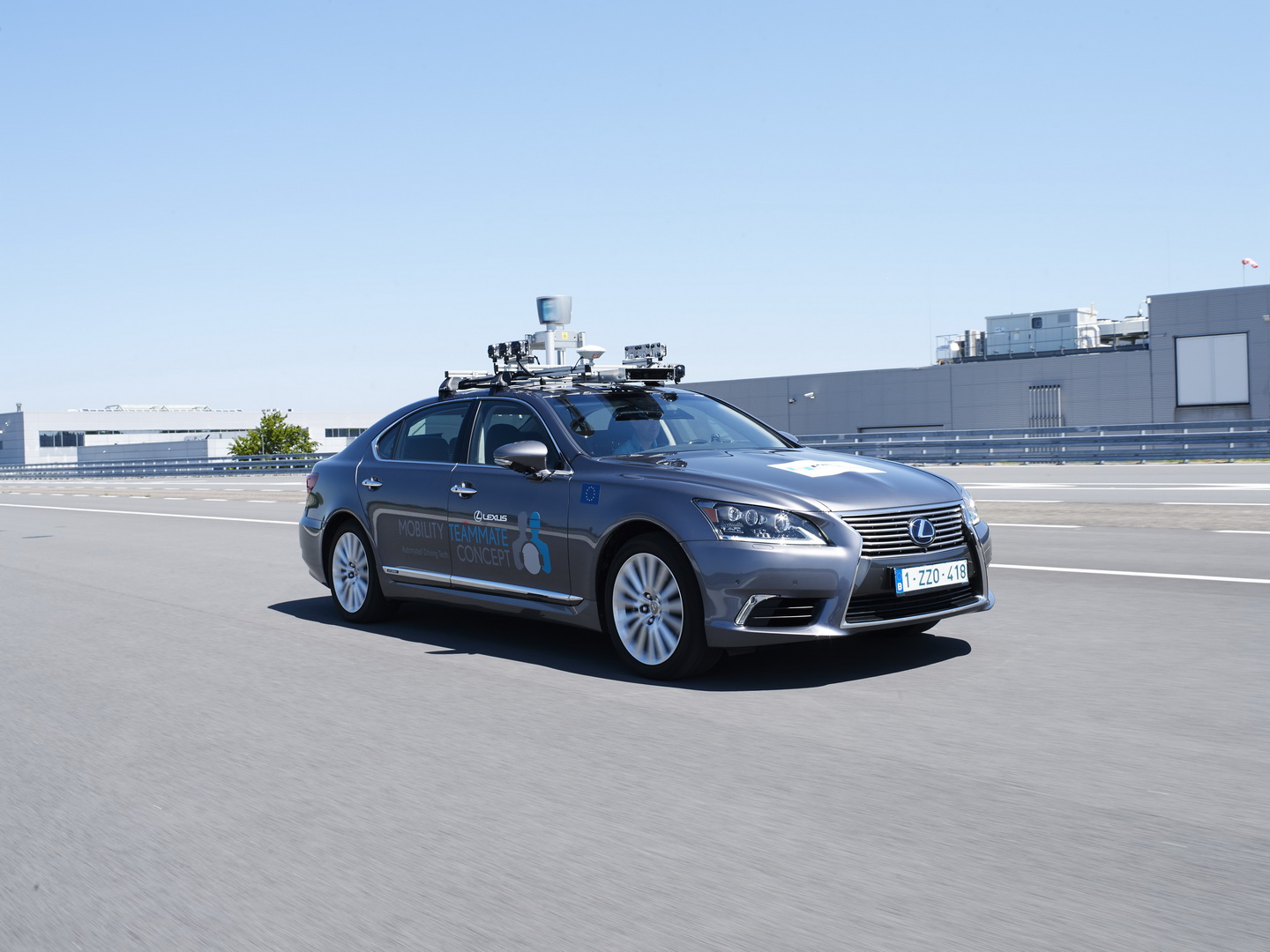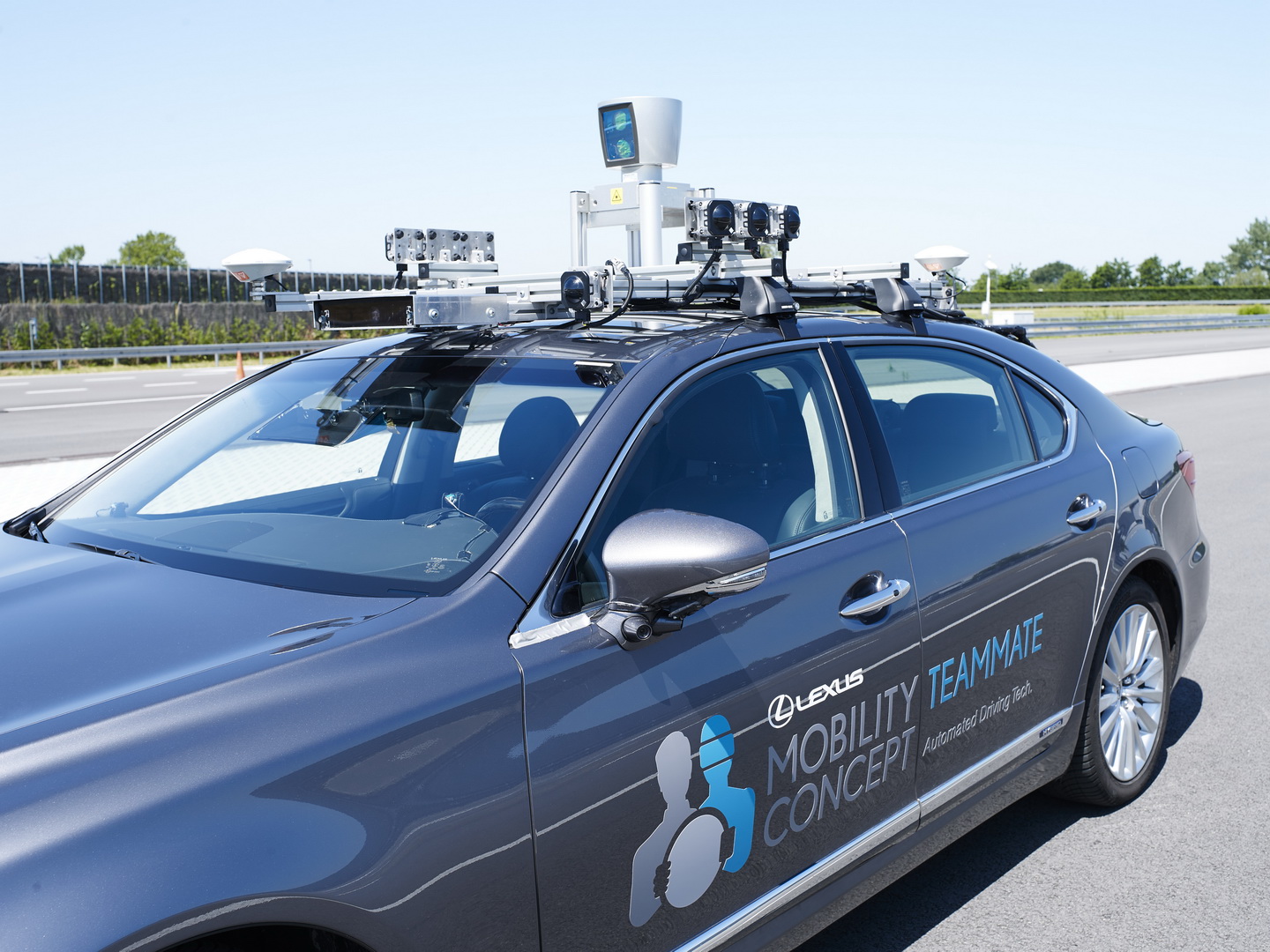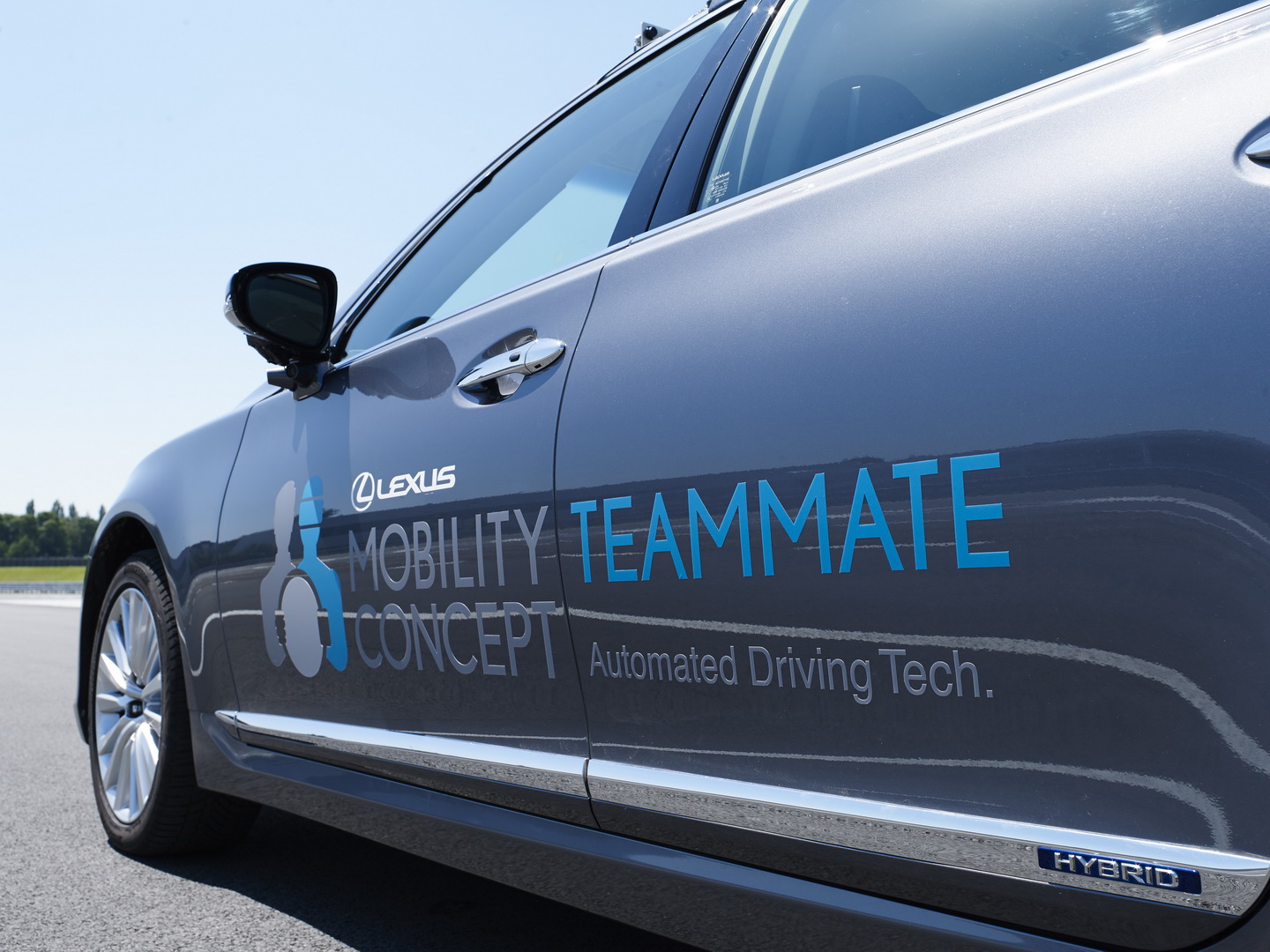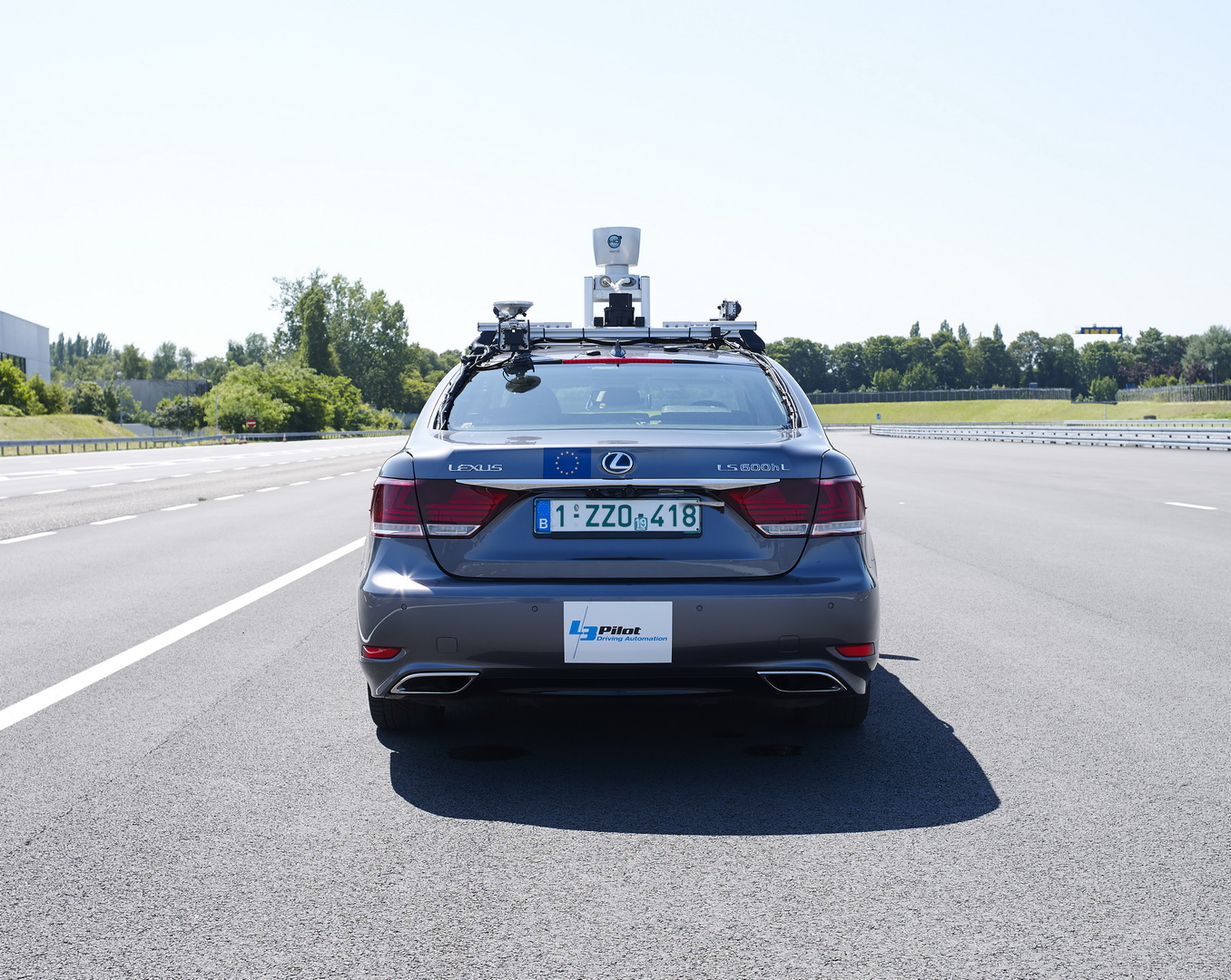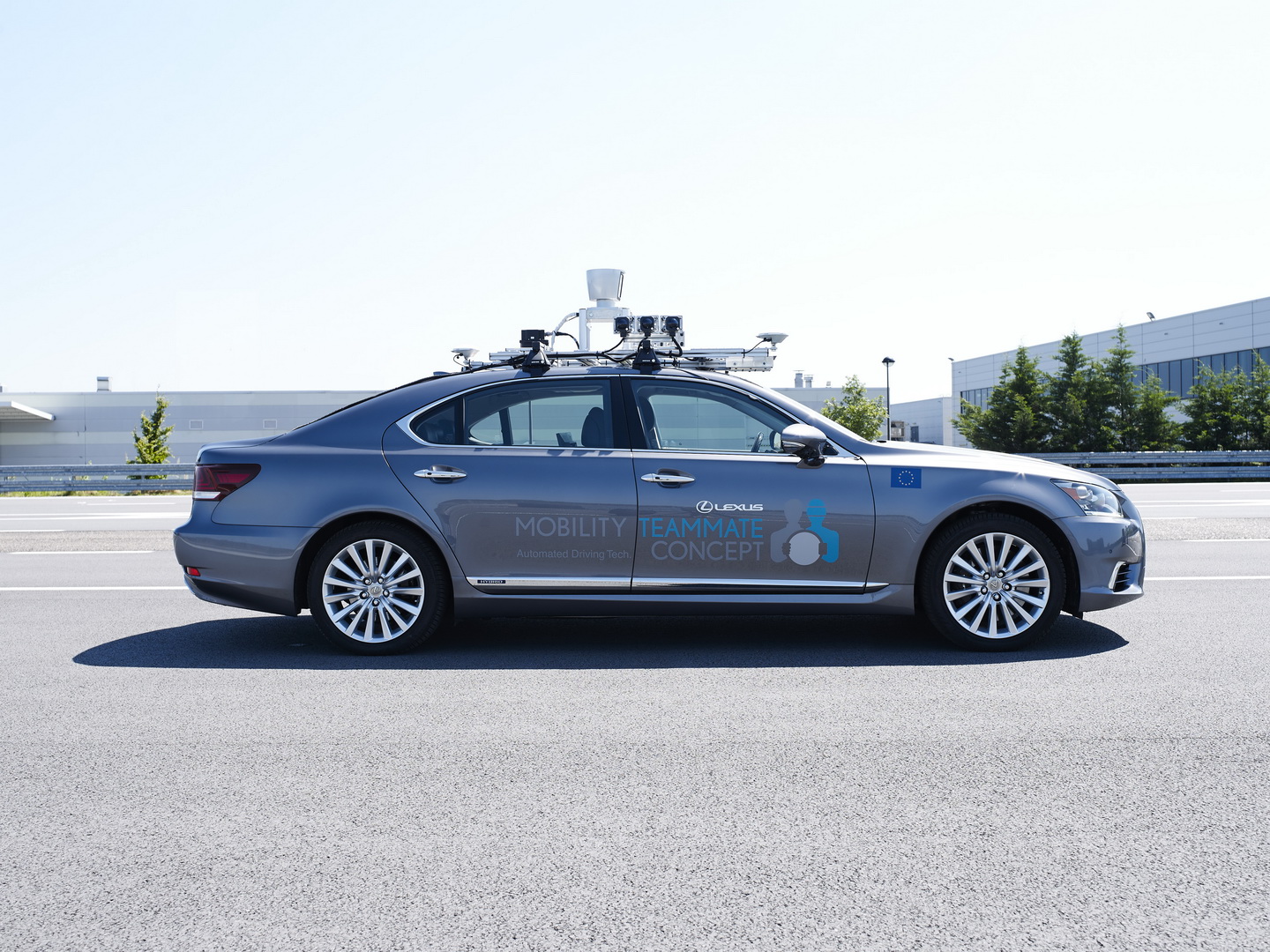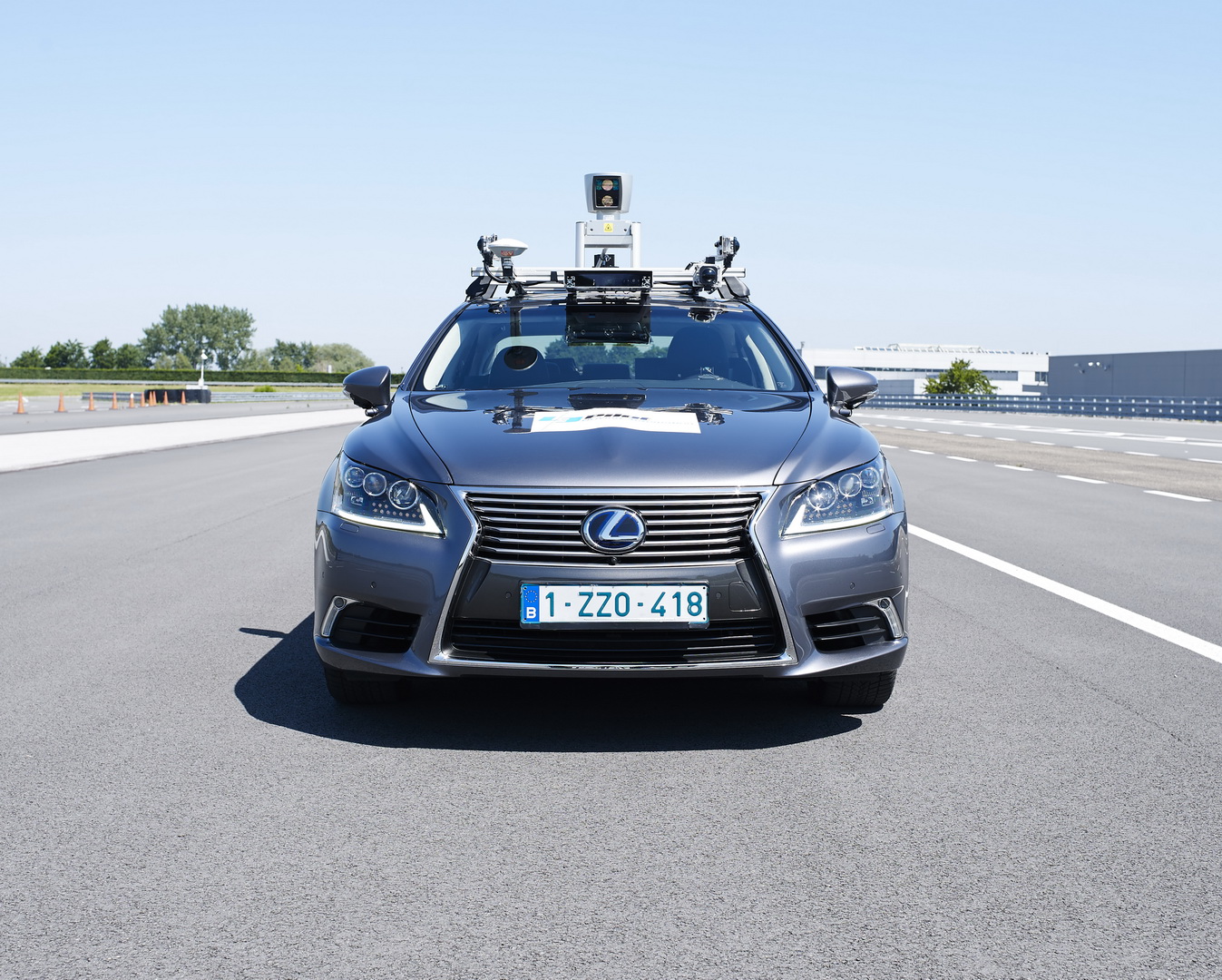After successfully completing similar tests in the United States and Japan, Toyota has now taken to Europe with an autonomous vehicle. This Lexus LS, fitted with all the necessary gear to drive on its own, will be put to use in Brussels’ (Belgium) city center.
Equipped with LIDAR, radars, cameras and high-precision positioning system, the autonomous LS will complete a fixed loop for the next 13 months.
Human presence is a must though, so a driver will sit behind the wheel, ready to take control at any time. The driver will be accompanied by an operator, who will supervise the system.
Also Watch: 2018 Lexus LS Is A Worthy Rival To The German Establishment
“Toyota’s ultimate goal is zero casualties from traffic accidents, and the main goal of this pilot is to study complex and unpredictable human behavior and its impact on automated driving system requirements”, explained Toyota Motor Europe VP of research and development, Gerard Killmann. “Responding to the complexity and diverse population of an urban environment like Brussels is key to understanding human behavior.”
The self-driving LS will be used by Toyota to collect data as part of the ‘L3Pilot project’, in which the Japanese automaker has been involved, along with other partners such as car manufacturers, automotive suppliers, research institutes and authorities, since 2017. Partially funded by the European Commission, the project is the precursor of large-scale autonomous driving tests, taking place in 10 European countries, with 100 cars and 1,000 drivers.
Toyota sees the driver and car as teammates, which is why the mobility approach has been named ‘Mobility Teammate Concept’. It will include two state-of-the-art technologies: the Guardian and Chauffeur. The first one is monitoring what the driver is doing at all times, being ready to intervene when necessary, whereas in the latter, the technology allows the car to drive on its own.



